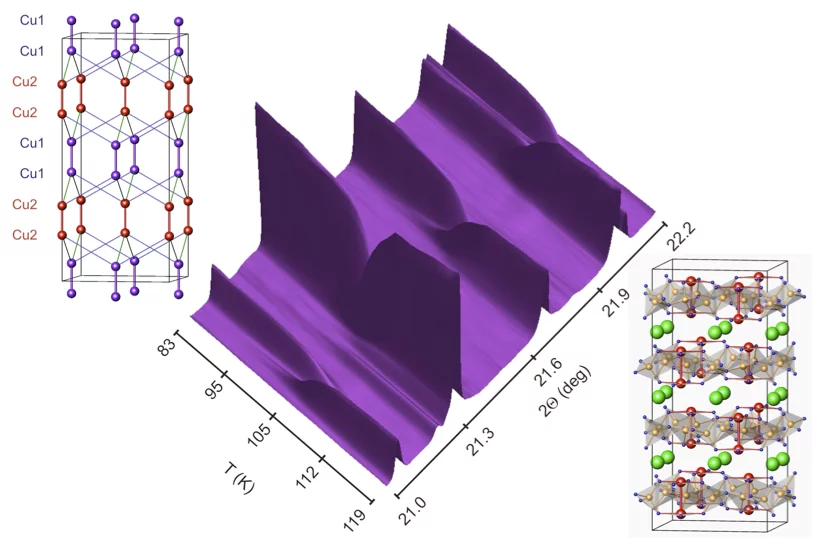The interest in BaCuSi2O6 is motivated by its extraordinary phase diagram with field-induced Bose-Einstein condensation. Being a quantum paramagnet at zero magnetic field down to the lowest temperatures, the system displays a quantum phase transition into a magnetically ordered state at the critical value of magnetic field of ~23.5 T. Knowledge of the exact crystal structure of BaCuSi2O6 is of outmost importance for the accurate determination of the relevant exchange couplings, since its previously accepted room-temperature tetragonal crystal structure model failed to explain the high-resolution inelastic neutron scattering data at low temperature. Following the discovery of the low-temperature structural phase transition in this material by several research groups, we have now determined its average low-temperature crystal structure. It has been investigated with high-resolution synchrotron x-ray and neutron powder diffraction techniques and has been found to be orthorhombic, with the most probable space group Ibam. The Cu-Cu dimers in this material are forming two types of layers with distinctly different interatomic distances. Subtle changes also modify the partially frustrated interlayer Cu-Cu exchange paths. The present results corroborate the interpretation of low-temperature nuclear magnetic resonance and inelastic neutron scattering data in terms of distinct dimer layers


